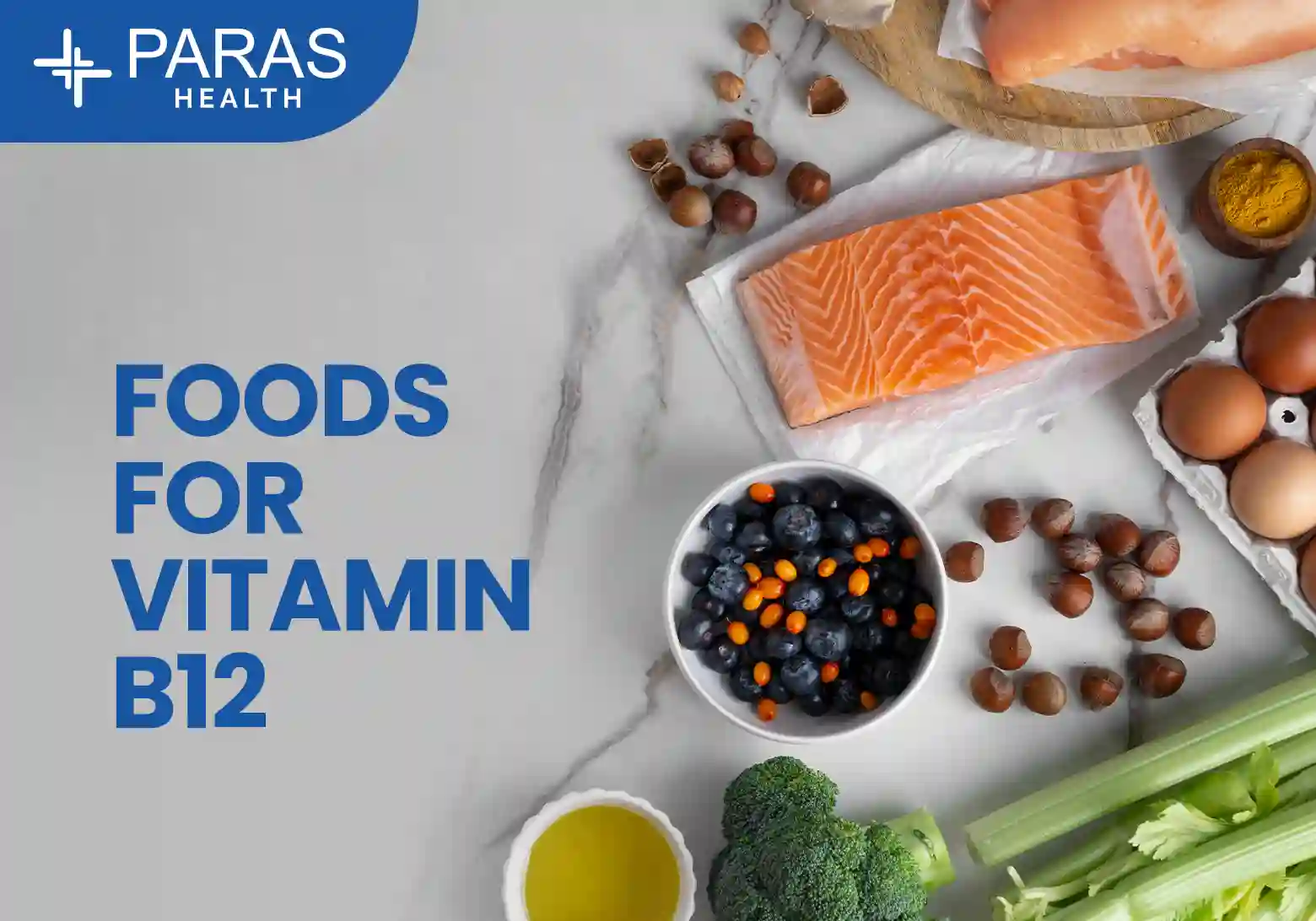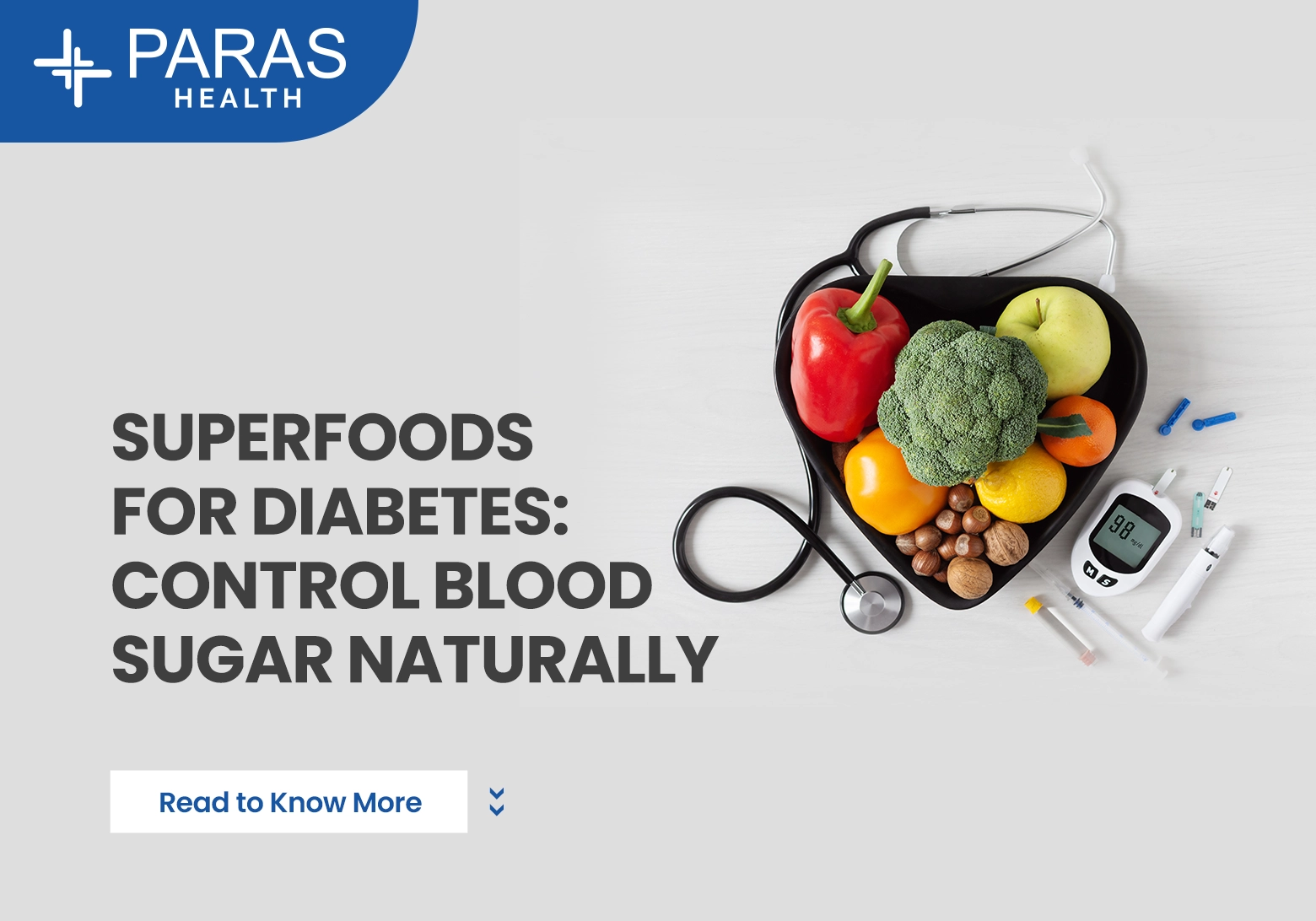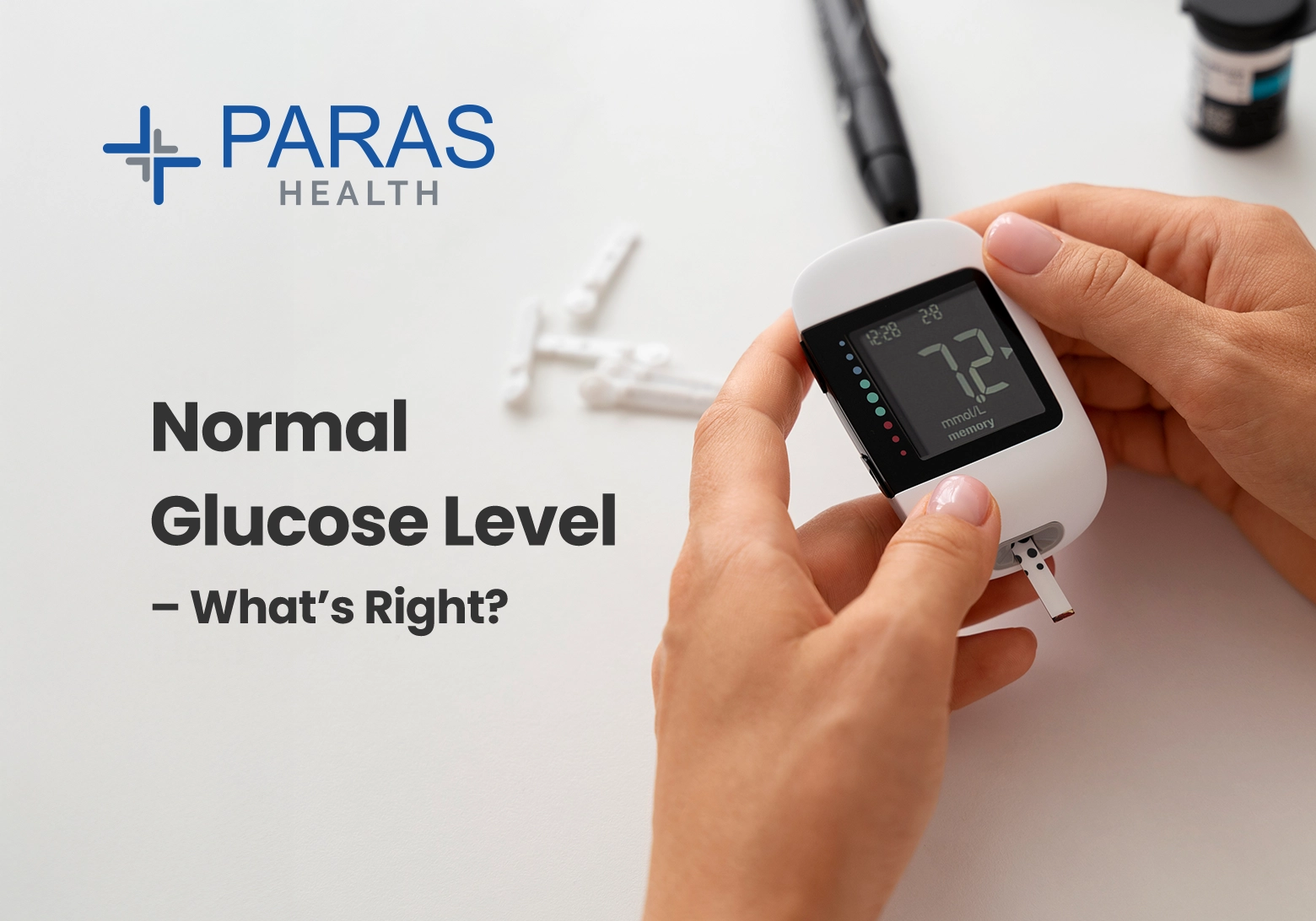What Should Be the Normal Blood Sugar Level?
Jun 27, 2025
Let’s be honest—if you’ve ever searched “What’s the normal sugar level?” or “Fasting sugar level for diabetes?” you’re not alone. Blood sugar concerns are incredibly common these days, even among people who don’t have diabetes. But while everyone’s talking about it, very few explain it in a way that’s easy to understand.
So here’s a no-jargon, straightforward guide to help you make sense of it all—whether you’re trying to stay healthy, managing diabetes, or just feeling unsure about what your sugar readings mean.
First, What Exactly Is Blood Sugar?
Think of blood sugar (or glucose) as fuel for your body. Whenever you eat, especially carbs, your body breaks them down into sugar that enters your bloodstream. From there, insulin (a hormone) helps your cells absorb that sugar for energy.
But if your blood has too much or too little sugar, your body starts giving you warning signs—like fatigue, dizziness, or even blurry vision.
What’s a Normal Blood Sugar Level?
Now let’s get to the main question—how much sugar in the blood is considered normal?
If You Don’t Have Diabetes:
|
Timing |
Normal Range |
|
Fasting (before breakfast) |
70–99 mg/dL |
|
2 hours after a meal |
Less than 140 mg/dL |
|
HbA1c (3-month average) |
Less than 5.7% |
These are the numbers doctors look at to see if your body is handling sugar well.
If You Have Diabetes:
| Timing |
Target Range |
| Fasting |
80–130 mg/dL |
| After meals (2 hours) |
Less than 180 mg/dL |
| HbA1c |
Less than 7% |
These values help keep your diabetes under control and lower your risk of long-term complications.
During Pregnancy:
Pregnancy brings its own rules. Here's what sugar levels should look like:
|
Timing |
Healthy Range |
|
Fasting |
Less than 95 mg/dL |
|
1 hour after meals |
Less than 140 mg/dL |
|
2 hours after meals |
Less than 120 mg/dL |
If you're expecting and wondering “Is my sugar level okay?”—these numbers are for you.
What’s This HbA1c Thing Everyone Talks About?
Good question. HbA1c is a blood test that shows your average blood sugar over the past 3 months. Think of it as your sugar “report card.” It gives a more reliable picture than a one-off sugar check.
- Below 5.7% = Normal
- 5.7%–6.4% = Prediabetes
- 6.5% or higher = Diabetes
So, if your random sugar tests are fluctuating, an HbA1c can help you understand the bigger picture.
What Happens If Sugar Is Too High or Too Low?
Your body doesn’t like extremes—and that includes sugar.
Signs of High Blood Sugar (Hyperglycemia):
- You pee a lot
- You’re always thirsty
- You feel tired for no reason
- Your vision gets blurry
Signs of Low Blood Sugar (Hypoglycemia):
- You feel shaky, sweaty, or irritable
- You get sudden dizziness or weakness
- You may even faint in serious cases
Both situations are red flags. If you notice these often, don’t wait—get tested.
How Can You Keep Blood Sugar in Check?
Here’s the good news—most people can manage their sugar levels with a few basic lifestyle changes:
Eat Smart
Add more fiber, protein, and whole grains. Avoid refined sugar, soft drinks, and ultra-processed snacks. Karela juice, methi water, or jamun seed powder—these home remedies help too (but talk to your doctor first).
Move More
Even a 30-minute walk daily makes a big difference. Exercise helps your cells use sugar better.
Stress Less
High stress = high sugar. Deep breathing, yoga, or even a hobby you love can bring things down naturally.
Test Regularly
If diabetes runs in your family or you're over 40, it’s a smart idea to get your sugar checked every few months.
Things Most People Don’t Know
- That morning sugar spike? It might not be your fault. There’s something called the “dawn phenomenon”—your body releases hormones early in the morning, which can raise your sugar level temporarily.
- Low sugar can be just as dangerous as high sugar—but people rarely talk about it.
- Diabetes isn’t just an “old person’s disease.” Young adults, even teens, are being diagnosed more often now due to poor diet and sedentary habits.
When Should You See a Doctor?
Don’t wait till you feel really sick. Go for a check-up if:
- Your fasting sugar is consistently above 126 mg/dL
- Your post-meal sugar keeps crossing 200 mg/dL
- You have symptoms like constant fatigue, frequent urination, or blurry vision
- Your HbA1c crosses 6.5%
The earlier you take action, the easier it is to manage.
Real-World FAQs (The Stuff You’re Probably Wondering About)
If my sugar is high just once, does it mean I have diabetes?
Not necessarily. One high reading doesn’t always mean you’re diabetic. It could be due to stress, poor sleep, or even what you ate the night before. But if it keeps happening, don’t ignore it—get tested again and check your HbA1c.
What’s a normal sugar level for kids?
For kids, a fasting level of 70–100 mg/dL and post-meal sugar under 140 mg/dL is considered normal. If your child looks tired or cranky often, don’t brush it off—get their sugar checked.
Can diabetes be cured?
Type 1 diabetes isn’t curable—it requires insulin for life. But Type 2 diabetes can be managed or even reversed in early stages through diet, exercise, and weight loss. Still, we call it “controlled,” not “cured.”
What’s the best time to check blood sugar?
Morning (fasting), 2 hours after eating, and before bedtime are the best times. These points help you and your doctor understand how your body handles sugar throughout the day.
Are there home remedies for sugar control?
Yes! Natural remedies like methi (fenugreek) water, bitter gourd juice, jamun seeds, and regular yoga can help regulate sugar—but they work best alongside a good diet and medical supervision.
Conclusion
Whether you’re diabetic, prediabetic, or just being proactive—knowing your blood sugar levels and keeping them in check is one of the best things you can do for your health.
Even small steps—like cutting out soda or walking after meals—can lead to big changes.
Have Concerns About Your Sugar Levels?
Don't guess—get tested.
Call Paras Health at +91-8080808069
Visit your nearest Paras Health hospital and get expert guidance on sugar control, diabetes, and long-term wellness.










